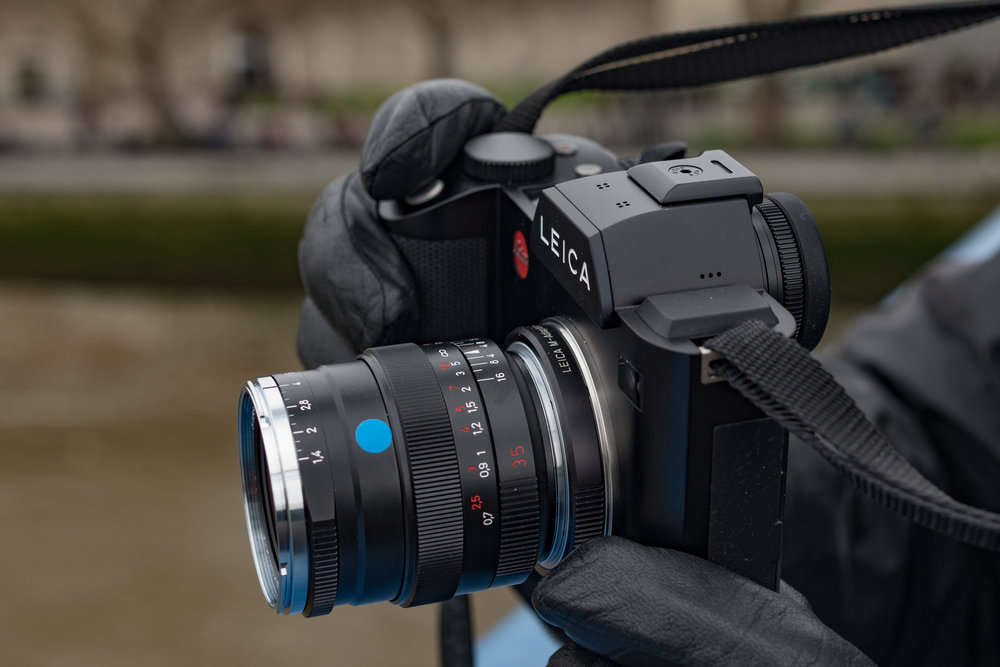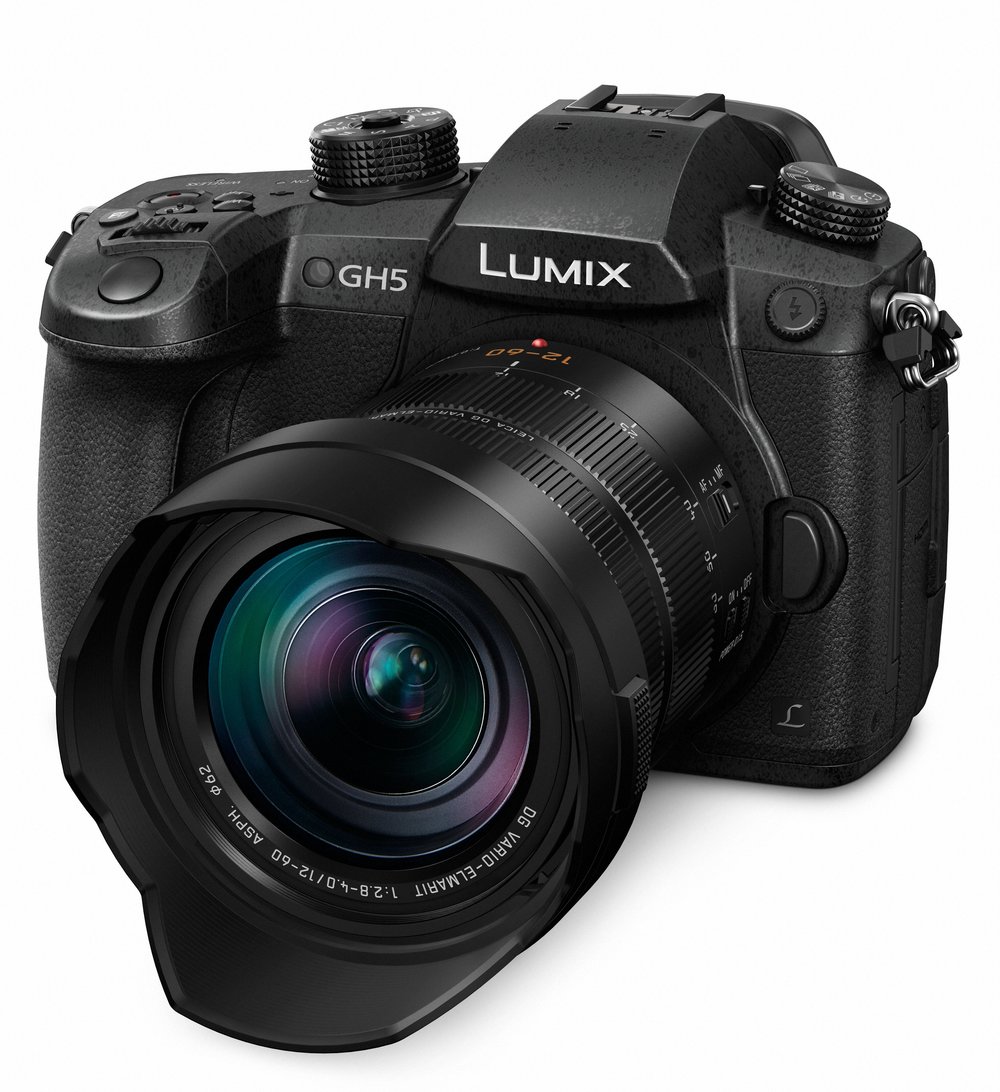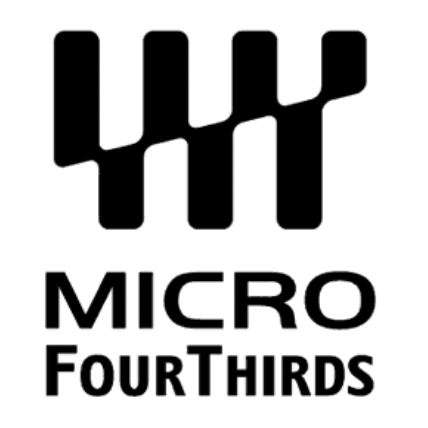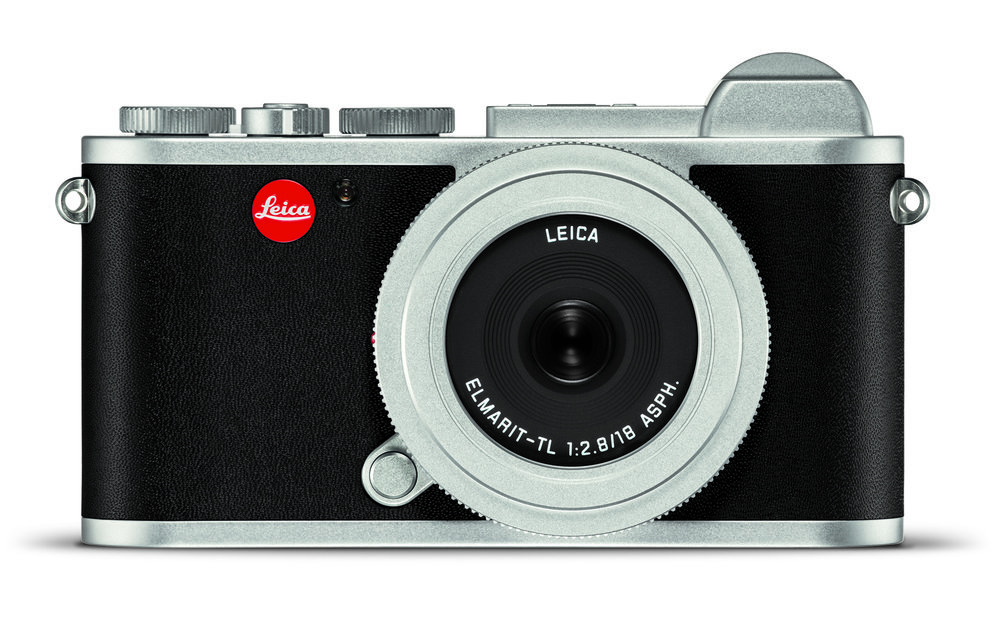
Today’s announcement of the L-Mount Alliance is a crucial milestone for Leica. It will be welcomed by existing Leica users and, without doubt, it will result in increasing Leica’s market share of the serious photography market.
Whether it is the most important announcement of the past 100 years of Leica is a moot point, but it is certainly of great significance for the photography industry. By adopting the L-Mount, Panasonic and Sigma have recognised the technical excellence of the L system. Up to now the mount was tied to mother’s apron strings and is currently servicing just two niche products, the SL and the CL/TL. Now, the world is Leica’s oyster.

The L-Mount Alliance is perhaps as significant as was the Micro Four Thirds Consortium of ten years ago. The cooperation between Panasonic and Olympus, plus various supporting lens manufacturers, has been highly successful. Panasonic has been a strong proponent of m4/3 and, indeed, the latest cameras such as the GH5 and G9 are a strong presence in the market.

Full frame cameras
Now we have the possibility of Panasonic and Leica full-frame cameras offering an alternative to the current big player, Sony, and the two newcomers, Nikon and Canon. With Sigma on board, we can look forward to a range of high-quality lenses that will work with the SL and CL as well as with any camera manufactured by Panasonic. As we know, Panasonic has long marketing Leica-branded lenses for the m4/3 system and optics such as the 42.5mm Nokticron, the 12mm Summilux and the 12-60mm Vario-Elmarit are rightly regarded as some of the best in their class.
The alliance also raises the possibility of a Panasonic APS-C camera which would mean the company having a foot in all three major sensor formats. As I queried yesterday, I wonder where this leaves Olympus and micro four-thirds in general. There will be some squeezing going on during the next two years.
What it means for you
What does this mean for existing Leica users? Instantly, those wishing to use their M lenses on a smaller mirrorless camera will be inclined to hold off for the forthcoming Leica/Panasonic direct competitor for Sony, Nikon and Canon. We realise that any camera using the L mount is going to be designed with M lenses in mind. No longer will we have reservations about compatibility and image quality (such as problems arising from the thick sensor cover of the a7) and we will expect any new L-Mount Alliance camera to work just as well with manual lenses as do the SL and CL/TL.

I know that many serious Leica photographers are using the Sony a7 in its various guises as a platform for their M glass; and anecdotal evidence shows that there is up to now great interest in the attractive Nikon Z6 and Z7. Now, I suspect, that interest will be redirected to the L-Mount Alliance cameras. I will not be alone in holding off decisions until we see what Panasonic and Leica produces in 2019. I will certainly not be inclined to continue dalliance with Sony and I am no longer looking at the Nikon Z6 in particular. I can already see my name on the Leica version of any new full-frame camera.
The news of the creation of the alliance will immediately put new life into existing Leica products based on the L mount. The prospect of new, perhaps smaller and lighter, high-performance optics from Leica/Panasonic and Sigma will give buyers confidence that there will be a strong future for the lens system. Potential CL customers, perhaps hitherto worried about the future of the the mount, will have renewed confidence in investing in the system.
In conclusion, I think Leica has played a blinder here. At one stroke, the future of the L-mount has been assured and this is the best possible news for Leica fans.
_____________

You forget that you can autofocus M lenses on Sony cameras. 😉
That said, specs wise the new Panasonic seems to be geared more towards video users, or that was my impression.
So far the only announcement that made me jump at this photokina is the new Fuji GFX 50R
Indeed Simone. When TechArt introduced the autofocus adapter Sony was really the only player on the field. I am now wondering if the Chinese company will be looking at other full-frame mount systems now. I presume there are no technical issues which make the E-mount the only suitable candidate, so let’s hope.
Is it reasonable to suggest that just as in 1949 when the Zeiss Contax S originated the Universal M42 SLR mount, Leica Camera AG, has in effect during the last 4 years, created the ‘Universal FF Digital L Mirrorless mount’ ? And given that Panasonic and Sigma have adopted same, where will Ricoh Pentax be ‘sitting’ when they inevitably introduce their FF mirrorless offering? Will they follow Sigma and opt for an ‘L’ mount FF mirrorless … or will they dare go their own way and introduce a fifth 135 FF mirrorless option? And what about Olympus if they decide to jump on the FF mirrorless band wagon? Given Olympus’ "sharing" the M4/3 mount with Panasonic maybe they are another potential candidate for the ‘L’ mount. Has Leica camera AG offered ‘free’ L mount licences to potential users or is it a ‘paid for’ licence which will boost Leica’s coffers until such time as the patent expires? Not before time there could now be some desirable options for Leica SL/TL/CL users when additional Panasonic & Sigma ‘L’ mount lenses and accessories hit the market. Perhaps the Leica SL will at last be offered super telephoto lens options with matched extenders … in which case professional sports, wildlife and press photographers might give the ‘L’ system a second look. Nothing improves the breed like competition … but is there a sufficiently buoyant FF market to support: Leica L, Sony FE, Nikon Z and EOS R FF mirrorless systems? Interesting times ahead.
Lot’s to think about with this one, Dunk. On a slightly different subject, I just updated the firmware on my CL and I find an "Optical Image Stabilisation ON/OFF" menu item. I can’t remember seeing this before since it wasn’t relevant. Perhaps it is in preparation for new lenses with ILS? Or a CL II (!) with IBIS. I’ve asked Leica about this — the menu item, that is.
CL II Mike? Whatever next 🙂
Jimmy at Leica has reminded me that the CL can use stabilised SL lenses, something I had completely overlooked. So let’s not get too worked up just yet! At least we know the CL is ready for those new Pana/Sigma lenses.
"We realise that any camera using the L mount is going to be designed with M lenses in mind. No longer will we have reservations about compatibility and image quality…" This is a huge assumption based on no available evidence. While I’m sure we all hope this turns out to be true there is no basis as yet for asserting it in such absolute terms. Let’s not get carried away.
You are right, of course, Steve. Perhaps I was being over-enthusiastic in the light of the fast-coming news. Part of my assumption was that any full-frame cameras produced by Panasonic would be sold also under the Leica brand (as with the D-Lux, C-Lux and V-Lux) but since reading that the new Panasonic cameras are larger than the Nikon Z, Sony a7 and nearer to the SL in size, I do begin to wonder about that.
Got an ‘object, object’ here. Does this entitle me to a discount on my next Leica purchase?
William
William, since most of your comments go through with your name, can you remember what was different about this one? Another reader, I think Brian Nichol, discovered that he has the problem when using his Windows computer but no problem when using the phone. Any concrete evidence of a pattern can be passed to Squarespace and it might help.
See my comments on the thread relating to the first announcement of the JV below. I agree that they have played a blinder so far, but Leica needs to carefully manage its identity in the new set-up. From what I have seen so far, the leadership of Leica is well up to the task.
William